7 of the Worst Foods for Your Teeth
July 31st, 2013
We've been raised to believe that the only foods bad for your teeth are the ones that contain sugar: candy, chocolate, ice cream, etc. However, there are plenty of foods that you wouldn't expect to be bad for your teeth, many that we might snack on everyday. Take a look at our list of worst foods for your teeth too what you might be eating a little too much of.
 1. Soda
1. Soda
It's no surprise that soda is incredibly bad for your teeth. The high amounts of sugars in carbonated sodas are outstandingly high. Sugars are great food for bacteria. Unfortunately, sodas also contain a high amount of acids that can also wear away at tooth enamel. So, while you may think diet sodas are less harmful to your teeth, in reality they're just as bad. If you must drink soda, it's recommended to drink while eating a meal rather than sipping throughout the day. Food helps clear the sugars and acids out of the mouth.
 2. Pickles
2. Pickles
Here's one of those unexpected foods: Pickles are soaked in acidic vinegar; it's what gives a pickle its flavor. Unfortunately, vinegar is just as harmful to your tooth enamel as any other kind of acid. Eating pickles on a regular basis can greatly increase the risk of worn tooth enamel. It's best to keep pickles as an occasional snack rather than a daily treat.
3. Chewy Candy

Another obvious food to avoid is chewy candies. These sticky gobs of sugar are a great meal for the bacteria in your mouth. That's because the sugars can easily stick between the teeth and gums. If you need something sweet, we suggest a piece of fruit.
4. Dried Fruit
And by fruit, we mean FRESH fruit. Dried fruits are just as bad for your teeth as candy. Why? Because they're very sticky, just like chewy candy, and are high in sugar. So when those pieces of dried fruit get stuck between the teeth, it helps bacteria grow. Again, keep to fruit fresh.
5. Red Wine
While you may think red wine is bad for your teeth because it can stain them (they can, it's from a compound called tannins). Red wine also contains an erosive acid, which wears away at tooth enamel. If you need a drink, you may want to consider a glass of pinot grigio of noir.
 6. Saltine Crackers
6. Saltine Crackers
One of the worst foods you can eat might surprise you. Saltine crackers are filled with processed simple starches (a different kind of sugar), which provide a field day of food for the bacteria in your mouth. Ever notice how crackers will start to stick to your teeth if you eat too many? That's just another bad sign that these sugars won't be leaving your mouth any time soon. Replace those saltines with grain-based crackers. They will keep your teeth healthy and curb bacteria from growing.
 7. Sports and Energy Drinks
7. Sports and Energy Drinks
Believe it or not, sports drinks can actually be worse for you then sodas. Though they may not have the carbonation that sodas have, sports drinks and energy drinks contain a high amount of acid, which will wear away at the enamel on your teeth. Be cautious of replacing soda for a sports drink. Instead opt for water or milk, both great for your teeth.
If you'd like to replace a few of these items on our list for some healthier options, check our blog post of some of the best foods for your teeth and make the old switcheroo.
If you have any more questions, don't be afraid to contact Water Tower Dental Care, we'd be happy to talk.

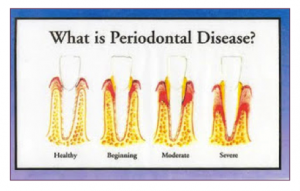 To keep a healthy smile, one must focus on the gums just as much as their teeth. Without proper care, gums can harbor many harmful types of bacteria that can result in gum disease. We already listed the best ways for
To keep a healthy smile, one must focus on the gums just as much as their teeth. Without proper care, gums can harbor many harmful types of bacteria that can result in gum disease. We already listed the best ways for 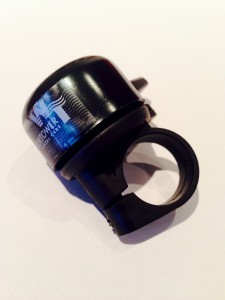 Since 2011, Water Tower Dental Care has provided bike bells for their patients during the summer months. Though the city of Chicago has taken measures to improve the safety of bike riders around the city, there are still over a thousand accidents every year due to unsuspecting drivers and pedestrians that don't see (or hear) a biker coming. Though it may be great business for a dental office to replace a biker's front teeth after such an accident, we're much more concerned with your safety than an appointment. That's why we started "Ring a Bell, Save a Tooth."
Since 2011, Water Tower Dental Care has provided bike bells for their patients during the summer months. Though the city of Chicago has taken measures to improve the safety of bike riders around the city, there are still over a thousand accidents every year due to unsuspecting drivers and pedestrians that don't see (or hear) a biker coming. Though it may be great business for a dental office to replace a biker's front teeth after such an accident, we're much more concerned with your safety than an appointment. That's why we started "Ring a Bell, Save a Tooth."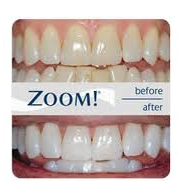 For every great, reliable method for tooth care, there are dozens of imitators and "fast-acting" methods that try to cash in on new trends. The process of
For every great, reliable method for tooth care, there are dozens of imitators and "fast-acting" methods that try to cash in on new trends. The process of 
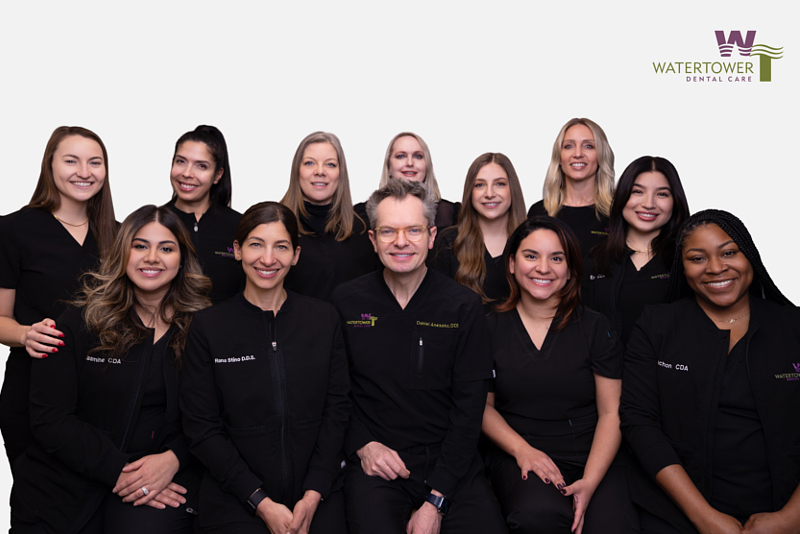


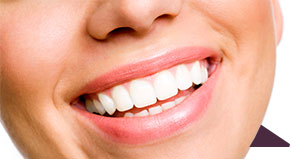
 Website Powered by Sesame 24-7™
Website Powered by Sesame 24-7™